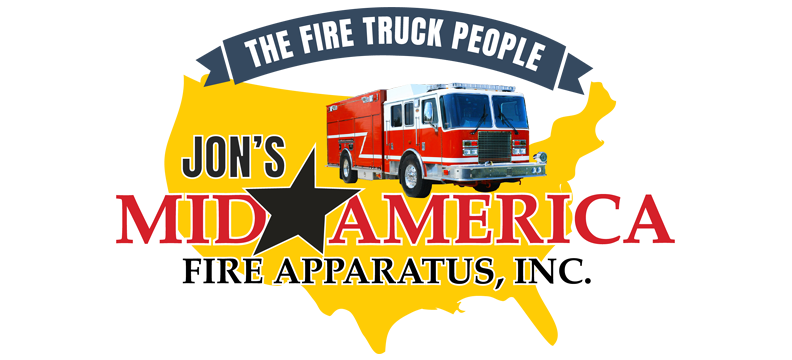A solid preventive maintenance plan is necessary for more than just ensuring reliable and durable emergency response vehicles. Preventive maintenance on your fire apparatus can save lives. It’s also a powerful tool that can prevent costly lawsuits caused by negligence and a lack of adequate preventive maintenance.
Having a good preventive maintenance plan will ensure that each fire apparatus in the fleet is properly maintained by trained staff, inspected regularly by the personnel who use them, and that all of the required documentation is accurate.
But what should a good preventive maintenance plan look like? Here are four essential components, brought to you by Jon’s Mid-America Fire Apparatus.
1. Manufacturer Inspections
Emergency response vehicles (ERVs) should be regularly inspected. Most emergency response vehicle manufacturers will provide these inspections upon request. They’re very important because they ensure that safety equipment like brakes, emergency lighting, steering systems, and aerial devices are all in working condition. NFPA 1911 offers sample PM inspection templates that can be used as-is. Or they may be altered to meet the specific needs of an ERV fleet operation.
2. Daily Driver Inspections
According to NFPA 1911, daily driver inspections of a fire apparatus must be conducted and accurate, complete records must also be maintained. Drivers typically complete their inspection at the beginning of the shift.
The process includes checking things like the:
- Starter
- Brakes
- Radiator
- Pump controls/gauges
- Hose/nozzles
- Body condition
- Generator
- Box lights
- And much more
The daily driver inspection ensures that each fire apparatus is ready to respond and perform in an emergency situation.
3. Engine Oil and Filter Selection
The personnel responsible for fire apparatus maintenance should also stay up-to-date and informed on the latest emission requirements from the Environmental Protection Agency (EPA). This vital information will enable them to select the correct type of oil for their vehicle’s application. Using the wrong oil could also damage a vehicle’s engine, which may also result in warranty claim denials.
Similarly, fleet personnel should also make sure they are selecting the correct filters for their emergency response vehicles. All aftermarket filters should be approved by the original equipment manufacturer and meet its specifications.
4. Brake tests
An emergency response vehicle’s brakes should be tested every time they are adjusted or serviced, as well as annually. According to NFPA 1911, the brakes must meet all stopping distance requirements. Testing emergency response vehicle brakes can easily be accomplished with a portable electronic brake tester.
Trust Jon’s Mid-America for Reliable Fire Apparatus
If you have questions about the status of your apparatus or you’d like to schedule preventive maintenance, contact Jon’s Mid-America Fire Apparatus today for more information.



